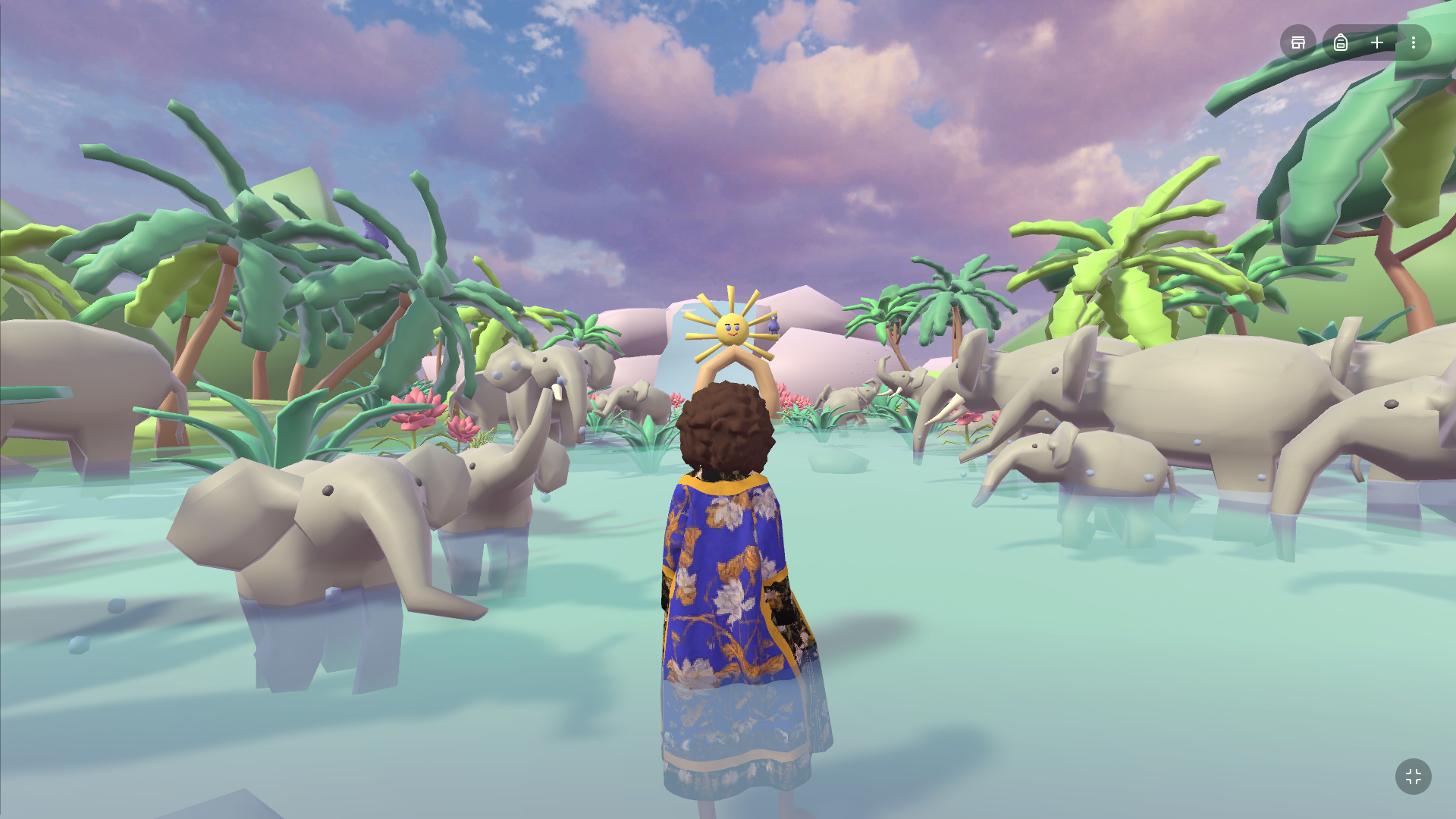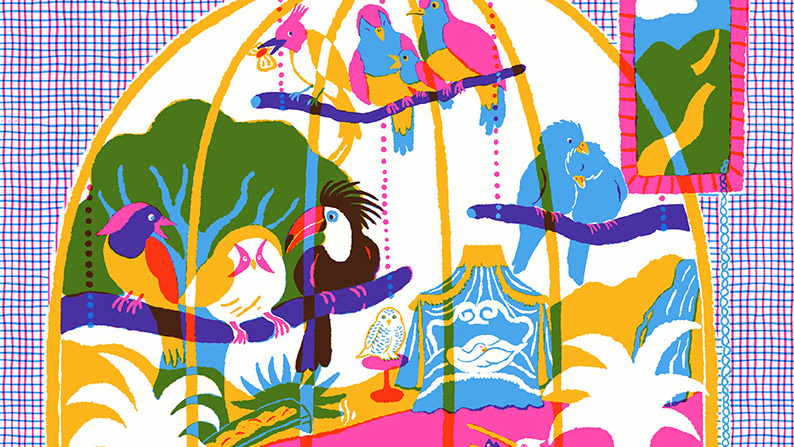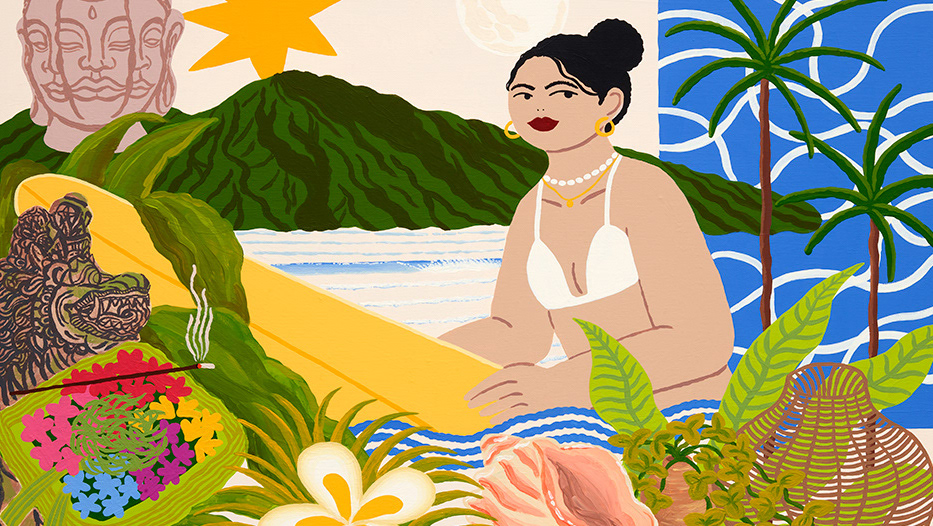<메타버스 속 스토리텔링: 어느 작가의 고군분투기>
아트코리아랩 수퍼테스트베드 XR 메타버스랩 융합예술 프로젝트.
7월-11월. 2023
아트코리아랩 수퍼테스트베드 XR 메타버스랩 융합예술 프로젝트.
7월-11월. 2023
<Storytelling in the Metaverse: Fail Again, Fail Better>
Arts Korea Lab, Super Testbed Program XR Metaverse Lab Convergence Art Project.
Jul-Nov.2023
Arts Korea Lab, Super Testbed Program XR Metaverse Lab Convergence Art Project.
Jul-Nov.2023
메타버스에 대한 관심은 그림책 분야에서도 높아지고 있습니다. 2023년 볼로냐 국제 아동 도서전에서는 가상현실 속 그림책과 예술에 대한 논의가 이루어졌습니다.
새로운 기술과 기존의 문화를 결합할 때 놀라운 일들이 벌어질 수 있다고 생각합니다.
새로운 기술과 기존의 문화를 결합할 때 놀라운 일들이 벌어질 수 있다고 생각합니다.
VR 기기를 사용한 개인 작업을 하다가 상호작용이 가능한 콘텐츠를 만들고 싶어 아트코리아랩 수퍼테스트베드에 참여하였습니다.
확장현실(XR) 관련 툴인 유니티, 블렌더, 스페이셜에 대해 배우고, 배운 지식을 응용해 스토리텔링 컨텐츠를 제작했습니다.
콘텐츠는 소설 <보이지 않는 도시들>을 토대로 가상 도시인 페도라 시를 만들었습니다.
VR 드로잉 툴인 그래비티 스케치로 모델링 작업을 하고, 블렌더와 유니티로 편집 작업을 거쳐, 스페이셜에 가상 도시를 만들었습니다.
관람객은 VR 기기와 디스플레이를 사용해 도시 속을 탐험할 수 있습니다.
확장현실(XR) 관련 툴인 유니티, 블렌더, 스페이셜에 대해 배우고, 배운 지식을 응용해 스토리텔링 컨텐츠를 제작했습니다.
콘텐츠는 소설 <보이지 않는 도시들>을 토대로 가상 도시인 페도라 시를 만들었습니다.
VR 드로잉 툴인 그래비티 스케치로 모델링 작업을 하고, 블렌더와 유니티로 편집 작업을 거쳐, 스페이셜에 가상 도시를 만들었습니다.
관람객은 VR 기기와 디스플레이를 사용해 도시 속을 탐험할 수 있습니다.
한편, 메타버스 콘텐츠 전문가와 그림책 작가들과 인터뷰도 진행했습니다.
그림책 기반의 3D 가상 플랫폼 ‘모두의 도서관’을 만든 기업인 ‘아름담다’와,독자의 마음에 질문을 던지는 예술 그림책을 만드는 ‘SI 그림책학교’의 작가들을 만났습니다.
스토리텔링과 그림책의 미래에 대해 깊은 대화를 나누었습니다. 그리고 이를 바탕으로 프로젝트 자료집을 제작했습니다.
초심자의 관점에서 새로운 기술을 접하는 좌충우돌기와 인사이트가 가득한 전문가 인터뷰를 담았습니다.
그림책 기반의 3D 가상 플랫폼 ‘모두의 도서관’을 만든 기업인 ‘아름담다’와,독자의 마음에 질문을 던지는 예술 그림책을 만드는 ‘SI 그림책학교’의 작가들을 만났습니다.
스토리텔링과 그림책의 미래에 대해 깊은 대화를 나누었습니다. 그리고 이를 바탕으로 프로젝트 자료집을 제작했습니다.
초심자의 관점에서 새로운 기술을 접하는 좌충우돌기와 인사이트가 가득한 전문가 인터뷰를 담았습니다.
저는 VR과 메타버스가 아이패드처럼 그림과 이야기를 표현할 수 있는 하나의 도구라고 생각합니다.
진입장벽이 아직 높은 편이지만, 허들을 뛰어넘으면 자유롭고 신나는 작업을 할 수 있을 것입니다.
앞으로도 기존의 조형 매체와 메타버스를 결합한 작업을 이어나갈 계획입니다.
진입장벽이 아직 높은 편이지만, 허들을 뛰어넘으면 자유롭고 신나는 작업을 할 수 있을 것입니다.
앞으로도 기존의 조형 매체와 메타버스를 결합한 작업을 이어나갈 계획입니다.
Interest in the metaverse is increasing in the field of picture books as well. At the 2023 Bologna International Children's Book Fair, discussions were held on virtual reality picture books and art. I believe that remarkable things can happen when new technology merges with existing culture.
While working on individual projects using VR devices, I wanted to create interactive content and participated in the Art Korea Lab Super Testbed. I learned about Extended reality (XR) tools such as Unity, Blender, and Spatial and applied this knowledge to produce storytelling content. The content was based on the novel "Invisible Cities," creating a virtual city called Fedora. Using the VR drawing tool Gravity Sketch for modeling and editing with Blender and Unity, I built the virtual city in Spatial. Viewers can explore the city using VR devices and displays.
Additionally, I conducted interviews with metaverse content experts and picture book authors. I met with 'Areumdamda,' the company that created the 3D virtual platform 'Library for all' based on picture books, and authors from the 'Somebooks' who create art picture books that pose questions to readers. We had in-depth conversations about the future of storytelling and picture books, and based on this, I created a project booklet. It includes insights from encountering new technology as a beginner and interviews with experts.
I see VR and the metaverse as tools that can express art and stories, much like the way the iPad does. Although the entry barrier is still high, overcoming hurdles will allow for free and exciting work. I plan to continue combining traditional sculpting media with the metaverse in future projects.


이탈로 칼비노의 소설 <보이지 않는 도시들> 속 가상 도시인 페도라 시를 스페이셜에 구현하였습니다.
도시를 묘사하는 두 페이지 분량의 텍스트를 읽고, 상상을 토대로 도시를 설계했습니다.
관객은 모험가 마르코 폴로가 되어 도시를 탐험하고, 황제 쿠빌라이 칸의 왕궁으로 돌아가 신비로운 도시에 대해 이야기하는 구조입니다.
황량한 잿빛 도시에 박물관이 있고 그 곳에는 거대한 수정구슬이 놓여 있습니다. 구슬 뒤의 문을 통과하면 코끼리가 가득한 낙원으로 이동합니다.
페도라 시의 코끼리가 멸종되고 물이 말라붙지 않았다면 되었을 모습입니다.
숲을 걷다가 문을 통과하면 쿠빌라이 칸이 있는 왕궁으로 이동합니다. 황제 앞에 서서 도시의 모습을 이야기하면서 여정이 마무리됩니다.
도시를 묘사하는 두 페이지 분량의 텍스트를 읽고, 상상을 토대로 도시를 설계했습니다.
관객은 모험가 마르코 폴로가 되어 도시를 탐험하고, 황제 쿠빌라이 칸의 왕궁으로 돌아가 신비로운 도시에 대해 이야기하는 구조입니다.
황량한 잿빛 도시에 박물관이 있고 그 곳에는 거대한 수정구슬이 놓여 있습니다. 구슬 뒤의 문을 통과하면 코끼리가 가득한 낙원으로 이동합니다.
페도라 시의 코끼리가 멸종되고 물이 말라붙지 않았다면 되었을 모습입니다.
숲을 걷다가 문을 통과하면 쿠빌라이 칸이 있는 왕궁으로 이동합니다. 황제 앞에 서서 도시의 모습을 이야기하면서 여정이 마무리됩니다.
I implemented the virtual city of Fedora, which is described in Italo Calvino's novel "Invisible Cities," in Spatial.
After reading a two-page text describing the city, I designed the city based on imagination.
The audience becomes the explorer Marco Polo, exploring the city and returning to the mysterious city to tell the story to Emperor Kublai Khan's palace.
After reading a two-page text describing the city, I designed the city based on imagination.
The audience becomes the explorer Marco Polo, exploring the city and returning to the mysterious city to tell the story to Emperor Kublai Khan's palace.
In the desolate ashen city, there is a museum with a giant crystal orb. Passing through the door behind the orb transports you to a paradise filled with elephants. It depicts the scenario where the elephants of Fedora City have not gone extinct, and the water has not dried up. Walking through the forest and passing through another door takes you to the palace where Kublai Khan resides. The journey concludes by standing before the emperor, narrating the city's appearance.
The workflow consists of a total of four steps. After creating a simple idea sketch by hand, the work is developed and completed using the following four tools.
Firstly, using the Gravity Sketch app on VR device, I model the city in 3D, incorporating the tactile feel of hand-drawn modeling.
Then, I import it into Blender, a PC modeling program, to simplify complex structures and perform baking tasks to apply textures and colors.
Then, I import it into Blender, a PC modeling program, to simplify complex structures and perform baking tasks to apply textures and colors.
Once the modeling file is baked, I bring it into Unity, a game engine and content creation tool, to set up quests, interactions, music, and more.
After configuring the work in Unity, I go through the publishing process to send it to Spatial, a metaverse platform.
This allows the work to be viewed on Spatial's website, mobile devices, and VR devices. Avatars can navigate through the space I created.
After configuring the work in Unity, I go through the publishing process to send it to Spatial, a metaverse platform.
This allows the work to be viewed on Spatial's website, mobile devices, and VR devices. Avatars can navigate through the space I created.
During the November Art Korea Lab Achievement Sharing Exhibition, I showcased my metaverse work to the audience. Attendees had the opportunity to experience the virtual city by wearing VR devices or manipulating a TV display with a joystick. Additionally, I provided a project booklet, allowing visitors to review the trials and errors in the project and read expert interviews. It was a time to gather diverse feedback from the audience and gain insights into metaverse exhibition practices.











